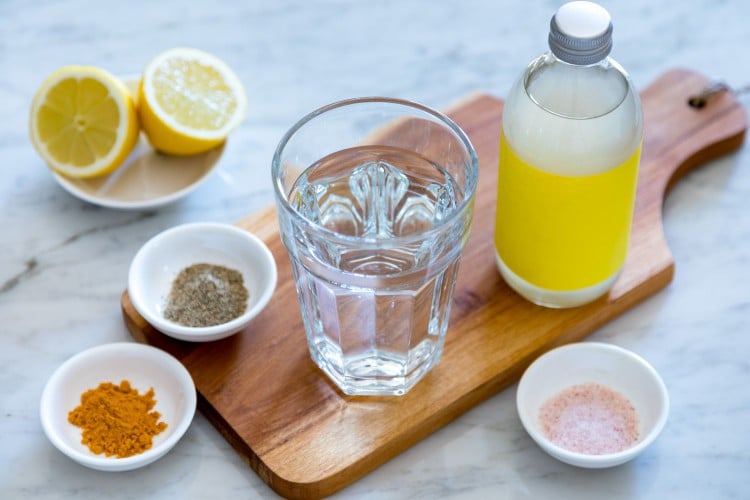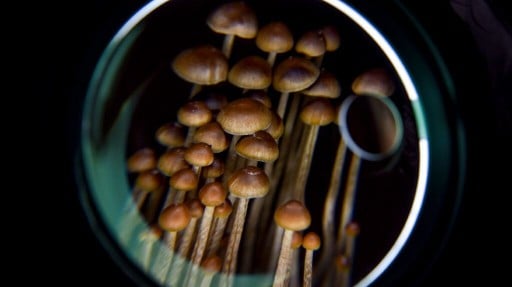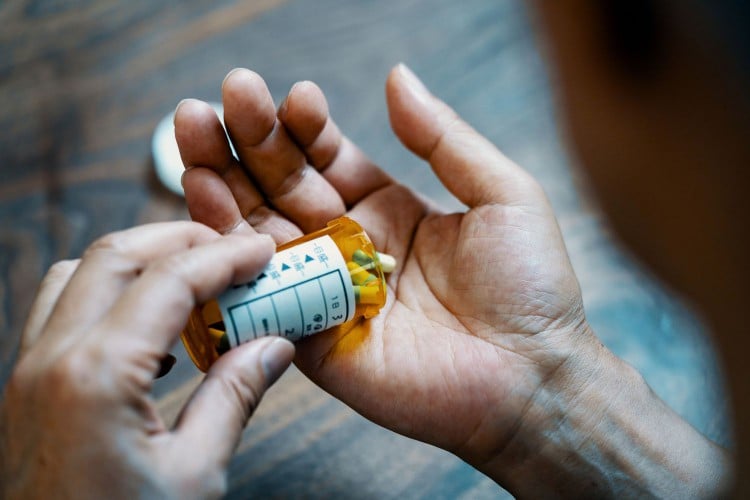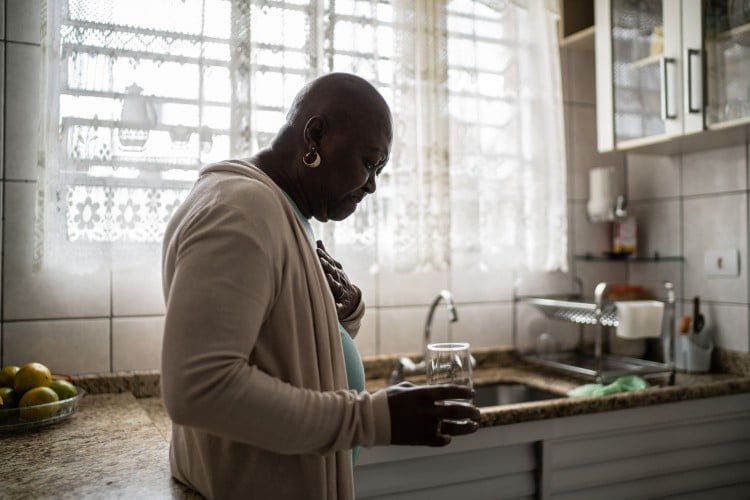- Nearly 6,500 cases of whole cantaloupe, from the brand Kandy, have been voluntarily recalled, according to a new FDA announcement.
- All of the cantaloupe included in the recall have a universal product code of 4050, in addition to one of the following lot codes: 797901, 797900, 804918.
- Anyone with the recalled produce should not consume it and throw it away immediately.
Almost 6,500 cases of whole cantaloupe have been voluntarily recalled, the Food and Drug Administration (FDA) announced on Thursday.
The recalled produce may potentially be contaminated with Salmonella, a bacteria that the FDA warned “can cause serious and sometimes fatal infections in young children, frail or elderly people, and others with weakened immune systems.”
Consumers should not eat the recalled melons and should instead dispose of them immediately.
The cantaloupe was sold under the brand name Kandy and distributed by Eagle Produce LLC, a company based in Scottsdale, AZ.
In the announcement, the company said the potentially contaminated fruit was distributed between September 5 and September 16 and sold at various retail supermarkets across 19 states and Washington D.C.
All of the cantaloupe included in the recall have a universal product code of 4050, in addition to one of the following lot codes:
- 797901
- 797900
- 804918
Food and Drug Administration
No other products or lot codes are included in the recall, the company clarified.
As of Wednesday September 27, 2023, when Eagle Produce released the voluntary recall, no illnesses or negative health effects have been reported.
The issue was first discovered by FDA testing on cantaloupe in a distribution center, though it’s not clear how the fruit came to be contaminated in the first place.
Again, any person who has purchased one of the affected Kandy cantaloupes shouldn’t eat it. Customers can contact Eagle Produce LLC for further information at 1-800-627-8674 during normal business hours.
Anyone who has concerns about a potential illness related to the cantaloupe should contact a health provider.
CDC: Salmonella Outbreak Linked to Ground Beef Sickens 16 People Across 4 States
Fruit Can Harbor Dangerous Bacteria
While Salmonella is frequently thought of in connection to raw poultry, fruit is another major driver of outbreaks.
A 2019 report found that fruit is responsible for about 13% of Salmonella outbreaks, just behind chicken at about 17%.
Fruit can harbor other bacteria that cause foodborne illnesses too, including E.coli and Listeria.
Salmonella contamination can occur when fruit comes into contact with manure, soil, compost, water, or staff that are harboring the bacteria.
Most recently, there were Salmonella outbreaks linked to cut fruit—including cantaloupe—in 2019, pre-cut melon in 2019, and peaches in 2020. Each of the three outbreaks caused over 100 infections and resulted in dozens of hospitalizations.
According to the Centers for Disease Control and Prevention (CDC), Salmonella causes about 1.35 million infections, 26,500 hospitalizations, and 420 deaths annually.
Most of those cases cause diarrhea, fever, and stomach cramps, and resolve without treatment from antibiotics. But for some people, Salmonella can be incredibly serious.
The infection can be most severe for people with weakened immune systems, who typically need antibiotics to clear the infection. However, if the Salmonella bacteria spreads to the blood, bones, brain, or other parts of the body, the infection can become life-threatening or lead to long-term effects.
Preventing these types of foodborne illnesses isn’t always easy. However, produce is safest when it's cooked—if that’s not possible, washing it is the second best option.
The CDC recommends always washing fruits and vegetables under running water, (even if the peel will just be thrown away), since microbes on the outside of the produce can get inside when people cut into them.
How Long Does Food Poisoning Last?








